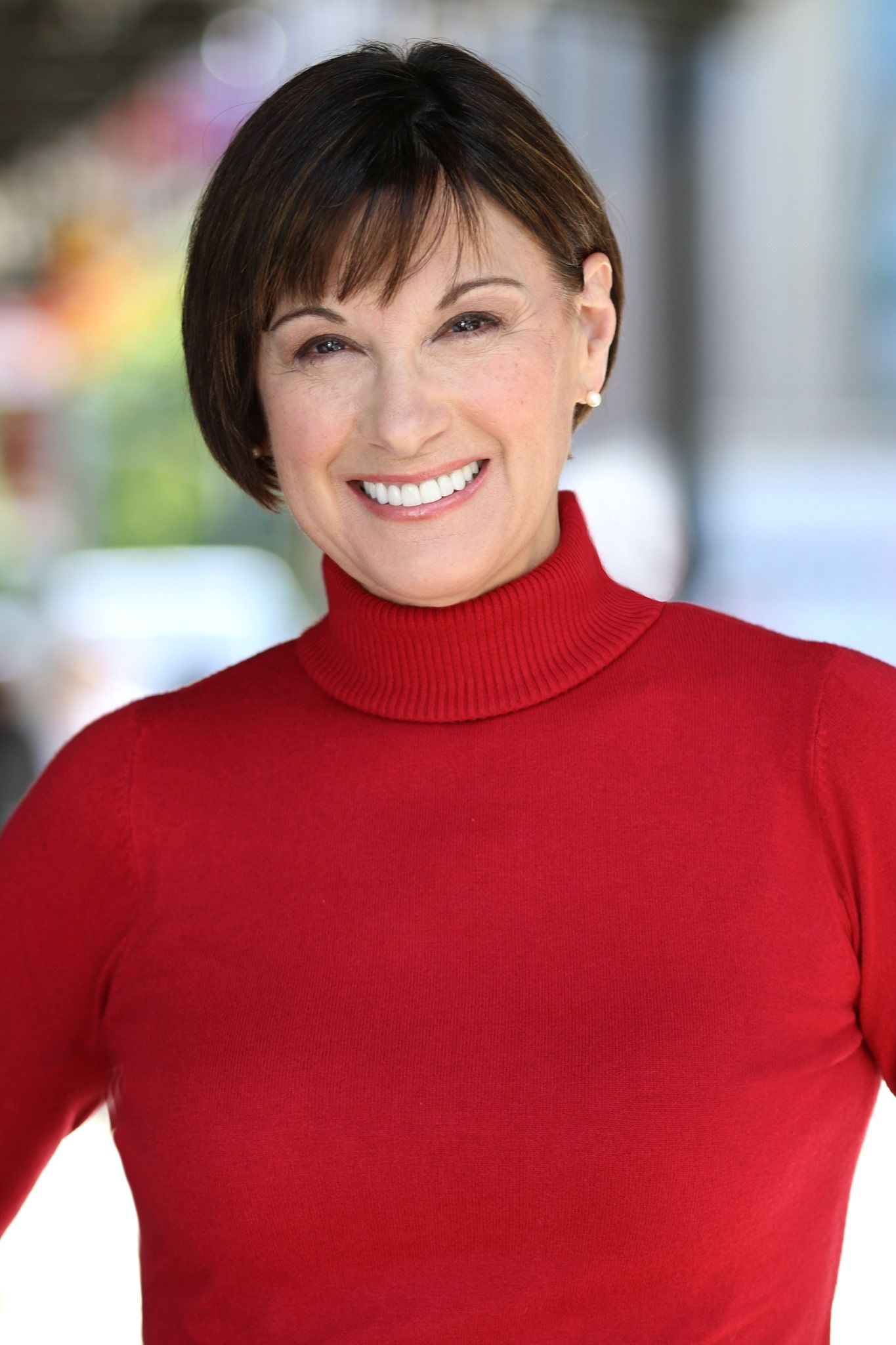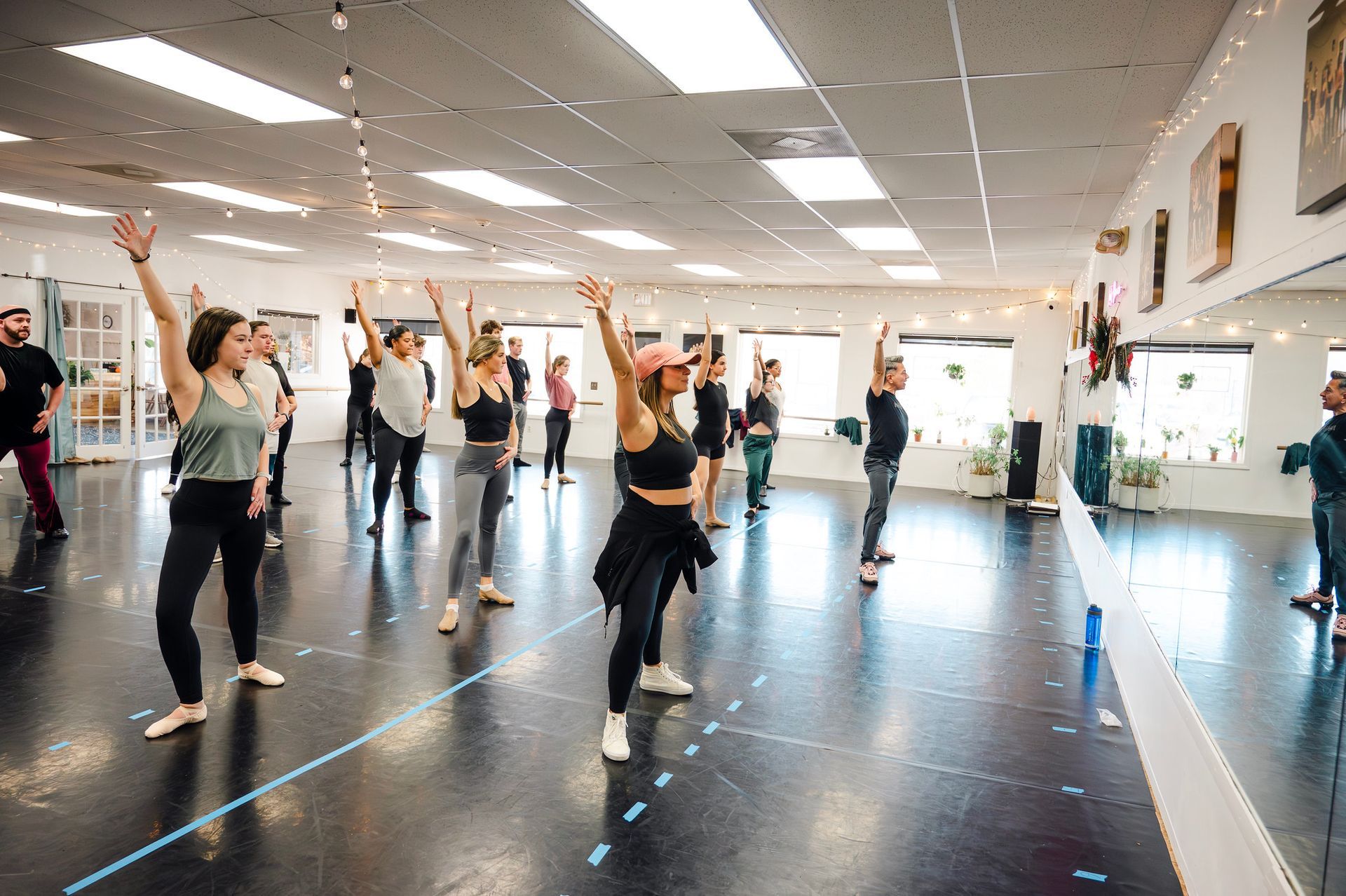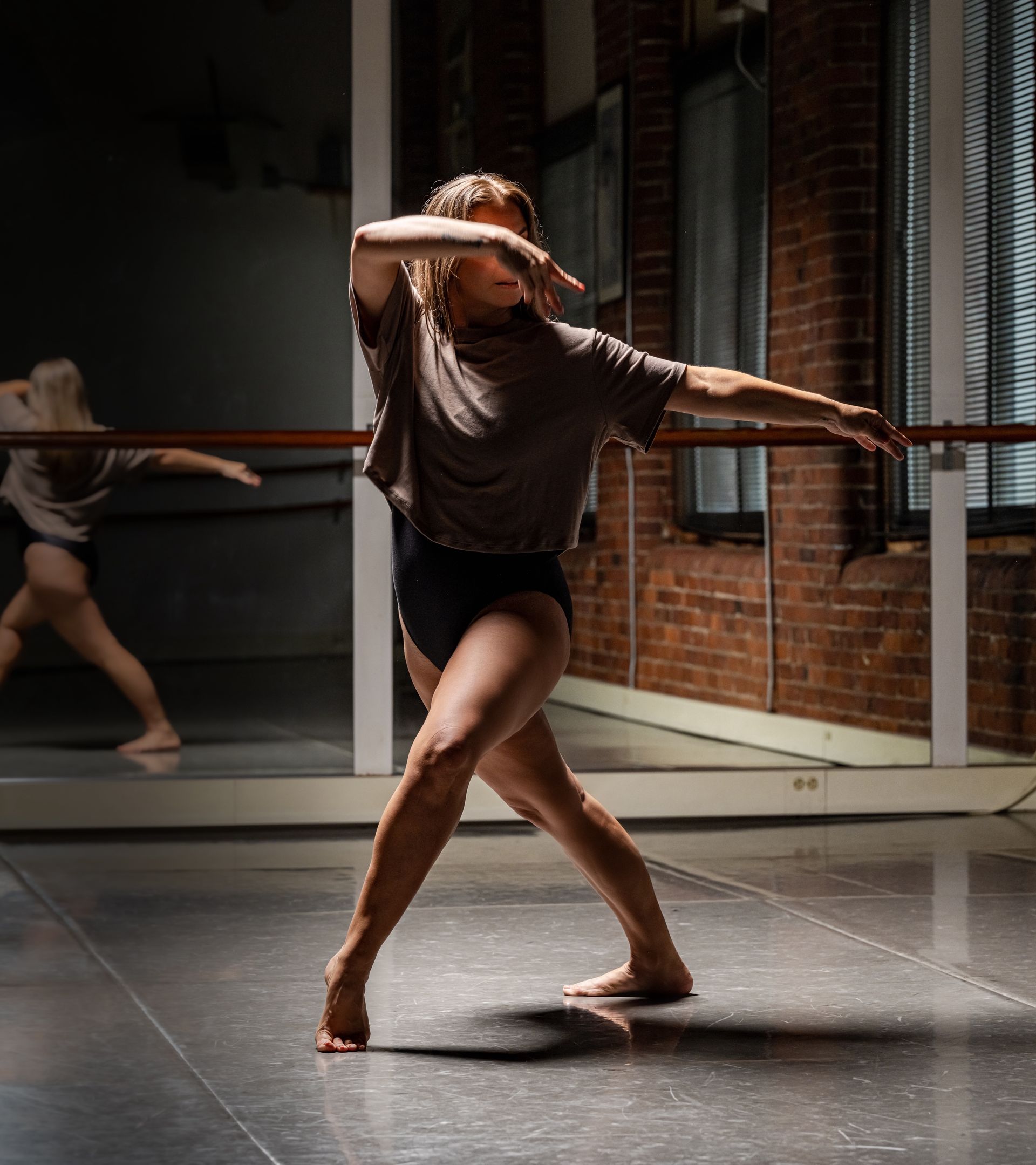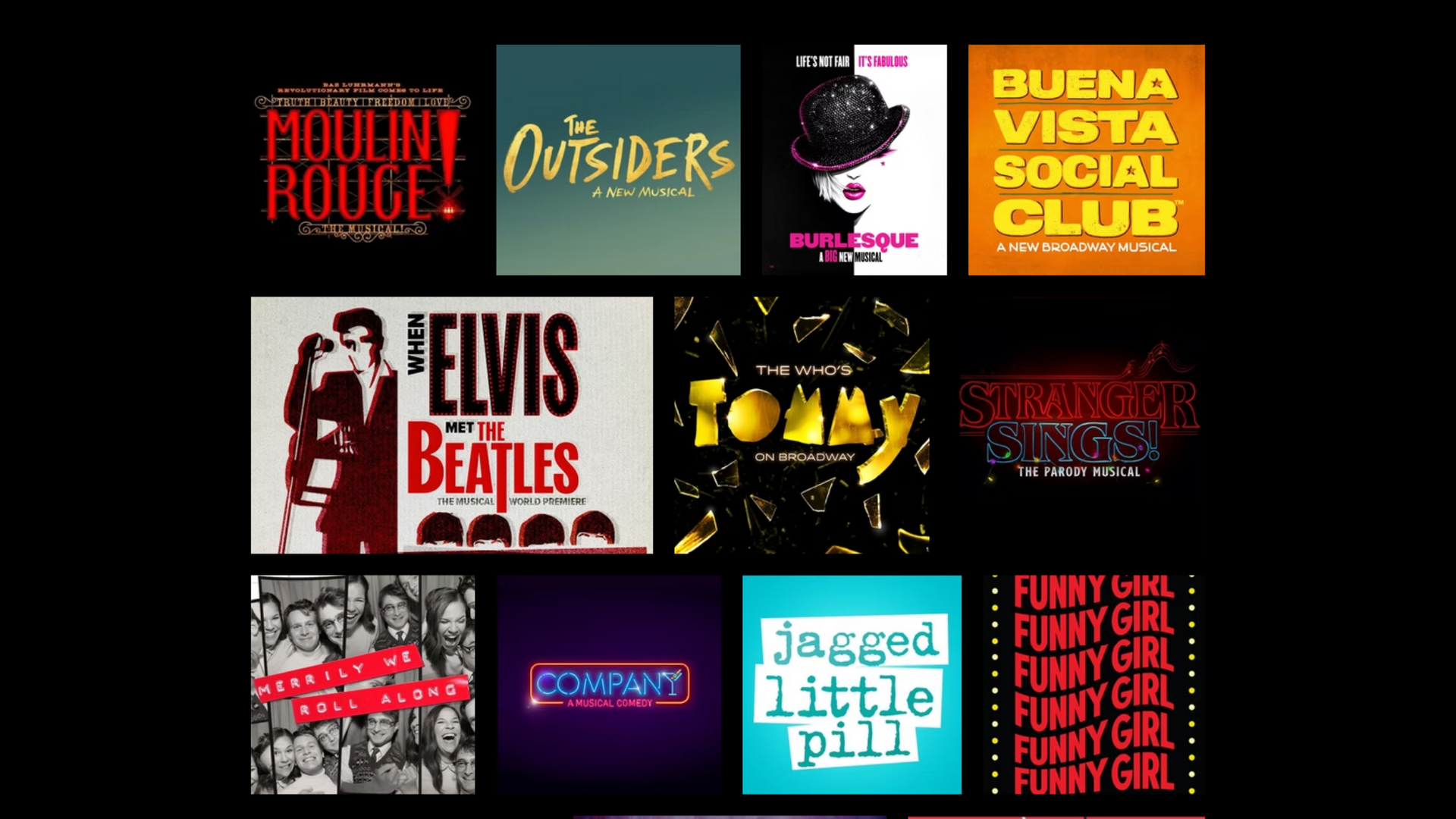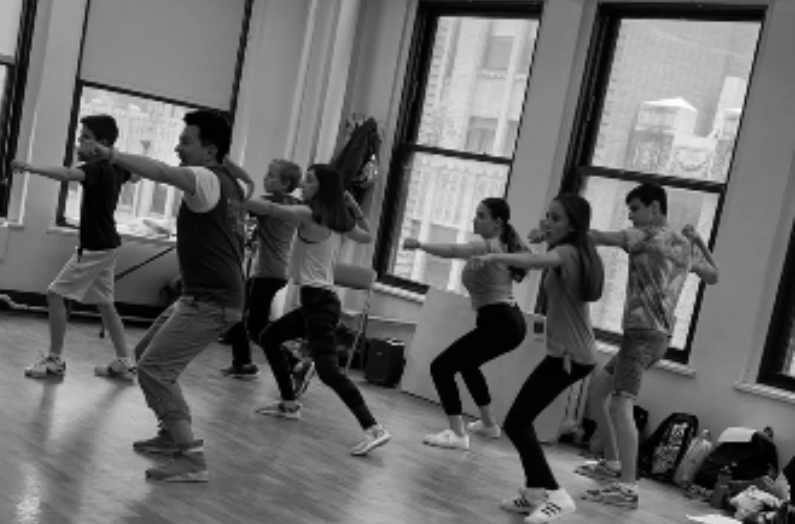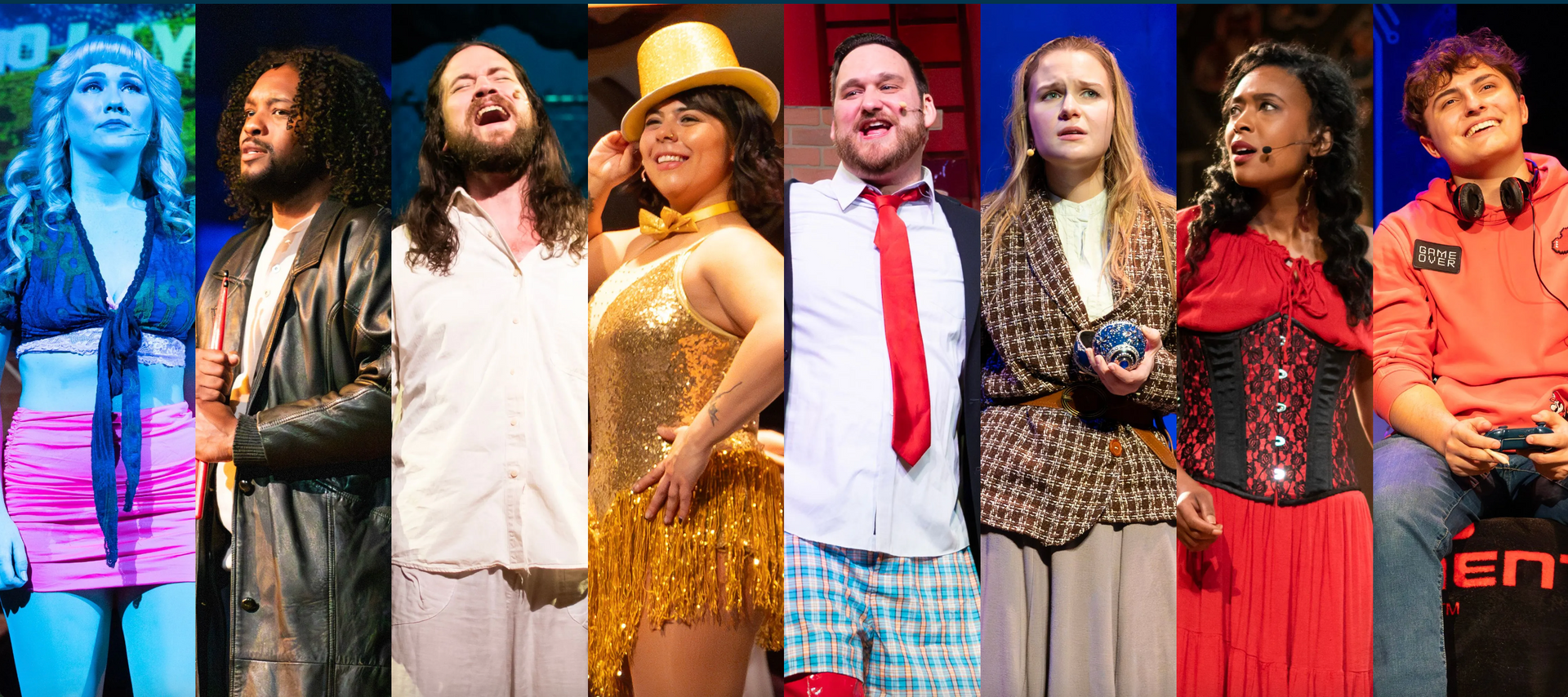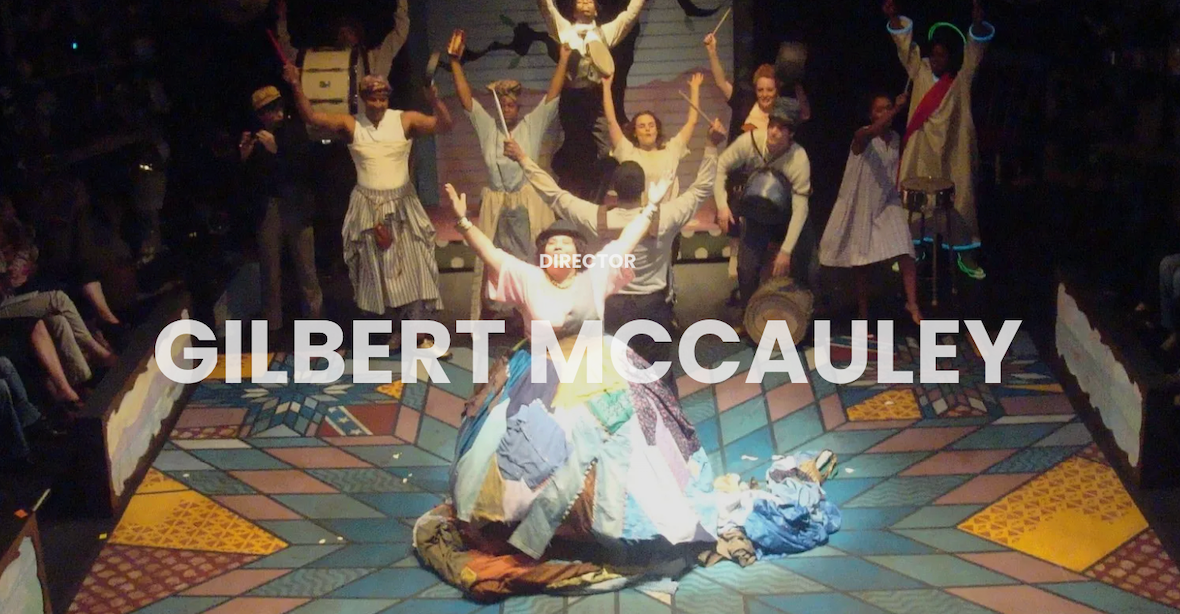The Unsung Hero of Musical Theatre: The Dance Captain
In community theatre and high school productions, there’s always that one name in the program with a little asterisk next to it: Dance Captain. It’s often a quiet credit that doesn’t get the applause it deserves. There’s no extra bow for them. And, the role is not always fully understood by the audience. The truth is, being a dance captain is one of the most demanding and vital jobs in a production, especially in smaller theatre settings where people wear many hats.
While most cast members focus on learning their own tracks, the dance captain is memorizing everyone else’s. They understand how each individual movement fits into the bigger picture. When someone’s out sick, they can jump into the spot. When spacing shifts, they know how to fix it. When the energy in the room dips, they’re the ones who feel it first.
They don’t just learn choreography; they help manage it.
For directors and choreographers, understanding the dance captain’s perspective can completely transform the process. A well-supported dance captain can be your strongest creative partner once the show moves from rehearsal to performance. For audience members, knowing what this person actually does offers a deeper appreciation for how much invisible work goes into a polished, professional-looking show.
Dance captains carry the artistic DNA of a production. They help to preserve the original vision, maintain its quality, and keep the spirit of the choreography alive long after opening night.
To better understand what this looks like from the inside, I received input from two experienced dance captains who generously shared their thoughts: Emma Luxenberg, a performer and educator known for her strong performance and leadership on stage, and Mary Rotella, a former Broadway performer and choreographer/director, and current studio owner.
(Click their headshots to visit their websites)
The Keeper of the Vision
Every production has a pulse. Once the choreographer’s work is set, it often becomes the dance captain’s job to protect that rhythm so the show remains cohesive from the first performance to the last.
Emma Luxenberg explained, “Being trusted to uphold the vision of the choreographer and director. I love being able to be the keeper of the knowledge and help achieve the creative team’s goal while still being able to be on stage.”
That trust is at the core of the job. Dance captains are both leaders and peers. They perform alongside everyone else while also serving as a link between the creative team and the ensemble. Emma said, “When directors and choreographers are not afraid to delegate or ask for help, it makes the work smoother. As a DC, I never want to overstep, so clear communication and mutual respect are everything.”
The Balancing Act: Notes and Trust
Clean choreography, consistency, and safety are top priorities. Movement tracks require people to know what they are doing and where they are going for the safety of everyone around them. Repetition and drilling choreography lead to cleaner and more consistent movement, which leads to a safer and more exciting end result for the audience. The dance captain helps keep the choreography looking as clean and intentional in week three as it did on opening night. That means giving notes, fixing spacing, and maintaining detail…which can be a tricky job.
Emma shared, “I prioritize building mutual respect with my cast in and out of rehearsal. I make myself available for questions, comments, or concerns. When you create an environment that feels positive and team-oriented, trust naturally follows.”
Her approach is focused on support rather than correction. “Much like a sports coach, I regularly request videos of choreography from rehearsals/shows and analyze the tapes to know where the cast may need extra support. I make sure to teach all types of learners (auditory, visual, kinesthetic, etc.) If you provide multiple means of explaining/solidifying choreography that works for most if not all learners, it will show in the long term quality of the choreography.”
Mary added, “Give positive notes before what needs to be fixed. If there isn't time for that, then just explain that and say how grateful you are for everyone's hard work and energy”.
That level of care builds unity. When cast members trust their dance captain, notes feel like collaboration rather than criticism.
Keeping the Energy High
One of the most overlooked parts of being a dance captain is managing the emotional rhythm of the entire process. From the first rehearsal to closing night, energy levels shift constantly. People get tired, frustrated, nervous, or distracted by life outside the theatre. The dance captain becomes the steady hand that keeps the room grounded. They sense when rehearsals need a push, when spirits need a little ooomphf, and when everyone just needs to take a breath.
Emma explained, “Water seeks its own level. So if I can tell that the cast's water level is slowly being drained or depleted, I make sure to lead with pouring into my cast, building up morale, leading with positive reinforcement, and ensuring we are aligned in the common goal.”
Mary emphasized the importance of that lift, “Give praise and let them know how important they are to the show! Remind them that most musicals it is the chorus that gets the most stage time!”.
A great dance captain knows that the tone they set in rehearsal will carry through the entire run. Keeping energy high is not about being relentlessly loud and cheerful. It is about reading the room and knowing when to motivate, when to listen, and when to let people reset.
Humor and empathy help with that balance.
Mary Rotella shared that empathy plays just as important a role. “Empathy and humor fit in everywhere. We must make sure there is mutual respect being practiced, model that making mistakes is okay, and show that it is fine to laugh and try again.”
Emma added, “So much of the role is not only having the skills to do it as a dancer/performer, but most importantly as a HUMAN. Performing is quite vulnerable, and a lot of the role is touching on some of the most vulnerable aspects of a project. Empathy to that will take you far not only in the way you approach the work, but will payback in loads with your cast. Humor is a MUST. No one looks forward to rehearsals with people who take themselves too seriously. We are all playing pretend, aren’t we?! Leading with humor is the way that the theatre gods intended!”
When a dance captain fosters an atmosphere of trust, rehearsals remain productive and performances remain fresh. The energy becomes something shared, rather than something forced.
Beyond the Stage
When asked how she hopes to be remembered, Emma said, “As a dance captain who upheld high standards with compassion, communicated openly, and created a positive, collaborative environment. If my cast felt both pushed and protected, then I did my job.”
Mary shared similar reflections. Her favorite feedback came from dancers who told her, “You made me reach beyond my believed potential,” and “You made rehearsals joyful even when things got tough.” She said those comments “mean more than any award because they came from trust and shared experience.”
Dance captains often discover that what they learn in this role carries far beyond theatre. The position teaches how to lead, listen, and adapt to others’ needs.
Emma said, “It taught me that leadership is less about giving direction and more about fostering trust. The best leaders create a space where people feel supported, valued, and motivated to give their best. I have learned to balance professionalism with empathy and to adapt my communication style to fit the group.”
Mary added that the same mindset applies “in school with peers, in business with colleagues, and even in families.” The lessons are universal.
Advice for Future Dance Captains
Every dance captain brings their own leadership style to a show, but both Emma and Mary offered guidance that applies to anyone stepping into the role for the first time. Their advice centers on patience, communication, and remembering that people always come before choreography.
Emma said, “Stay organized, stay kind, and lead by example. Remember that your job is not just to keep choreography clean. It is to keep the energy, communication, and teamwork strong. Be the bridge between the cast and the creative team, and always model the attitude you want to see.”
That word bridge captures the spirit of the role. Dance captains connect the creative vision with the human side of the process. They take direction from the artistic team, translate it for the cast, and help keep everyone aligned through long rehearsals and unpredictable performances.
Mary added that humility and perspective go a long way. “Think of yourself as a support to not only the artistic team but also your cast. The best leaders are those that do not hold themselves higher than anyone else.”
Her words remind us that leadership in theatre is never about hierarchy. It is about trust. “Give praise and let people know how important they are to the show,” she said. “Remind them that in most musicals, it is the chorus that gets the most stage time.”
For both Emma and Mary, the role comes down to service. A dance captain succeeds when the company succeeds. They do not chase recognition or perfection. They focus on consistency, connection, and care.
As Emma put it, “If my cast felt both pushed and protected, then I did my job.”
How Directors and Choreographers Can Support Their Dance Captains
A strong partnership between the creative team and the dance captain makes every production smoother. When directors and choreographers understand how much this role carries, they can create an environment where their dance captain feels supported and valued instead of stretched thin.
The most effective teams build trust early. Emma said, “When directors and choreographers are not afraid to delegate or ask for help, it makes the work smoother. As a DC, I never want to overstep, so clear communication and mutual respect are everything.” That sense of shared responsibility allows a dance captain to act confidently as a bridge between the creative vision and the cast.
Directors can help by setting clear expectations from the start. Define what needs to be tracked, cleaned, or documented once the choreographer steps away. Check in regularly rather than only when something feels off. Invite the dance captain’s perspective in production meetings, especially during tech and maintenance rehearsals.
Choreographers can also empower their dance captains by giving them insight into the why behind the movement, not just the steps. Understanding the motivation or storytelling purpose of choreography helps them maintain integrity in future performances.
Acknowledging a dance captain’s contribution reinforces that they are part of the creative core, not just an extension of it. When dance captains feel seen and trusted, they give even more to the process. Supporting them well is not just good leadership. It is good theatre.
A Final Bow
The asterisk isn’t just a note on who the creative team has deemed the “best dancer”. That is a common misconception. Emma Luxenberg addressed it directly, explaining that while technical skill can overlap with leadership ability, they are not the same thing.
“While sometimes the Venn Diagram does intersect, it is not always the best choice for your production. The best dance captains have strong communication skills and genuine empathy. They lead without ego, balancing authority with approachability.”
So next time you see that small asterisk in a program, know that behind it is someone who made sure every eight-count hit, every transition worked, and every dancer felt part of something bigger.
As Mary shared from Joel Grey, “It is not the awards and accolades that are the best part of a career, but the friendships.”
While they may not get a bow at curtain, they deserve a round of applause for keeping every show running strong. Here’s to dance captains everywhere.

